There are various models of sieving machines available in the market. Now, let's examine the different types of sieving machines based on how they work.
We can roughly divide them into 4 basic types.
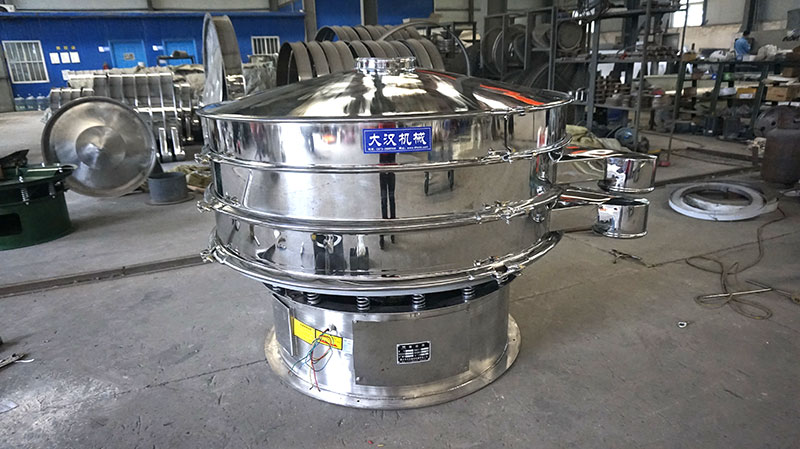
The rotary vibrating screen can accurately remove excessive pollutants, and can also achieve the separation of 5 different sizes of materials in one operation, and quickly remove insolubles in various slurries. This type of sieving machine is used to ensure higher quality of the final product. While the sieving machine can be placed anywhere on the production line, in most production environments the vibro sifter is either the first machine in the process to prevent contamination or the last machine before the packaging machine for final quality checks.
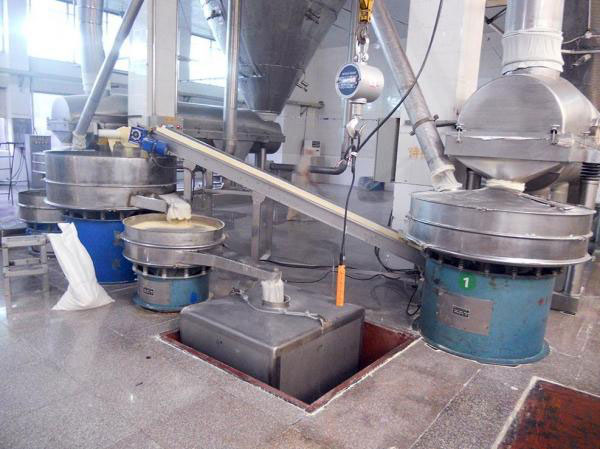
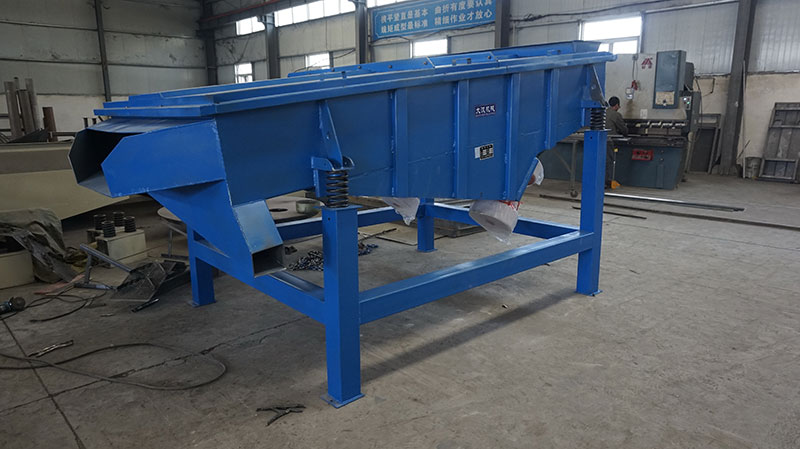
As the name suggests, it moves the product in a straight line, so using a rectangular screen allows more time for the product to pass through the grid. In addition to sorting to remove impurities, linear vibrating screens can also convey products, sometimes replacing traditional product conveyors, and can achieve 2-7 different grades in one operation, suitable for dry powdery or granular materials, and Products with a higher proportion of oversized particles because their length allows finer products a chance to separate from larger particles and fall into the screen. This makes linear sieves ideal for dusting or dewatering operations, such as removing small loose crumbs and flour from finished biscuits.
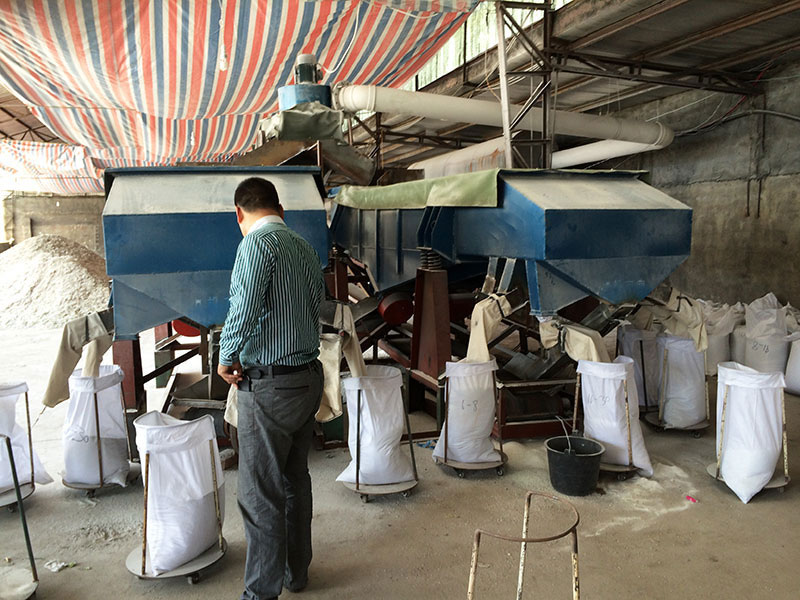
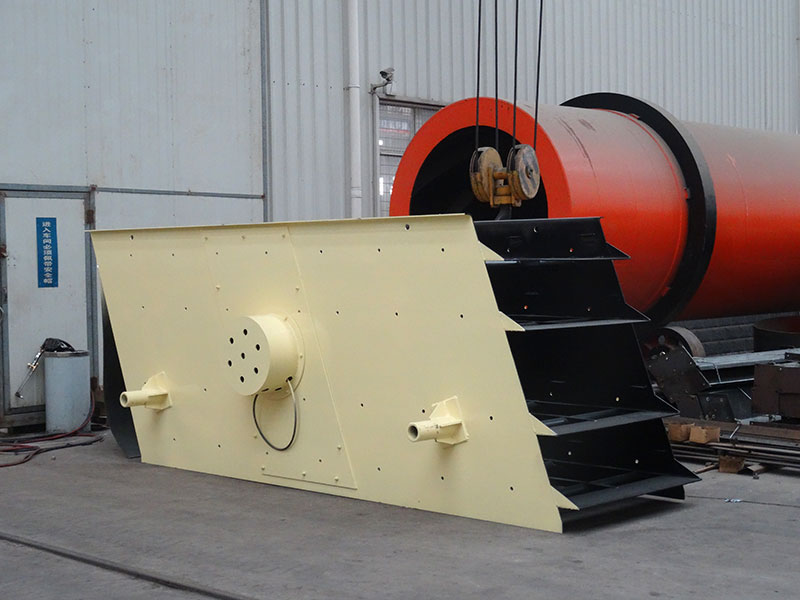
Mining vibrating screen is widely used for mixing aggregate screening, mineral screening, chemical substances, etc., with reliable and accurate classification, strong bearing capacity, and the inclined screen at the feeding end allows more materials to pass through the screen surface, and the screening speed is faster. The layer is thinner, and this earlier layering makes the fine particles closer to the screen surface, and the passage through the gap is relatively unobstructed, so the mining vibrating sieving machine has a very high screening efficiency.
Laboratory test sieves can quickly and efficiently measure solid particle sizes from 125 mm to 20 microns. Particle size measured by test sieving can be specified simply by reference to two screen sizes, the screen size through which the particles pass and the screen size they are retained, the particle size distribution.

The main types of sieving machines have been outlined above, in addition to this, sieving machines can also be added with other configurations and specially customized upon request. We would be more than happy to discuss these issues with you and assist you with process design and equipment selection.
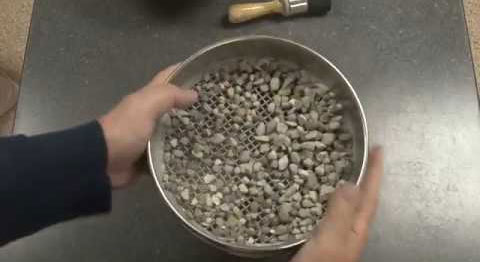
Address:China,Yanjin county forest park gate to the west 1000 meters north road.